Nine things you ought to know if you're having goose for Christmas
If you're looking for a change from turkey for Christmas dinner, goose is the obvious choice – but there are a few things to think about, as Kate Green explains.
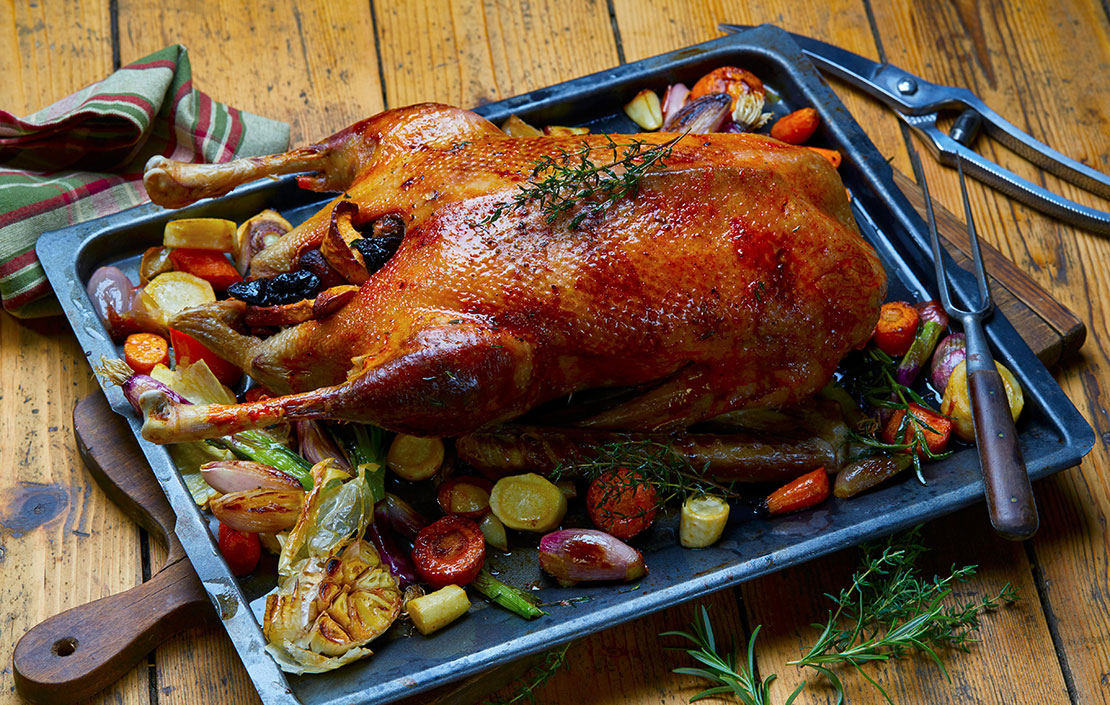

In Britain we eat 10 million turkeys every Christmas, but only 200,000 geese. A turkey will feed more mouths – that’s why Scrooge bought the Cratchit family one – but so long as you’re not feeding a small army of relatives then goose is deliciously different (a 10lb/4.5kg goose will feed five or six). It's also far more romantic, evoking the good life, cottage gardens, bucolic farmyards, Thomas Hardy.
The most important thing to remember when cooking a goose, according to goose farmer Ollie White, is to place it on a rack so that the fat runs away and the skin becomes crispy. And of course all that fat which runs off is perfect for cooking the spuds.
Mark Hix's roast goose recipe takes a slightly different approach: 'For me, the obvious thing to do, as with a turkey, is to remove the legs before cooking and slow cook them separately, almost like a confit,' he says. 'You can then concentrate on cooking the breasts just slightly pink and roasting them skin-side down, so all the skin and fat renders down.' You can read the full recipe here.
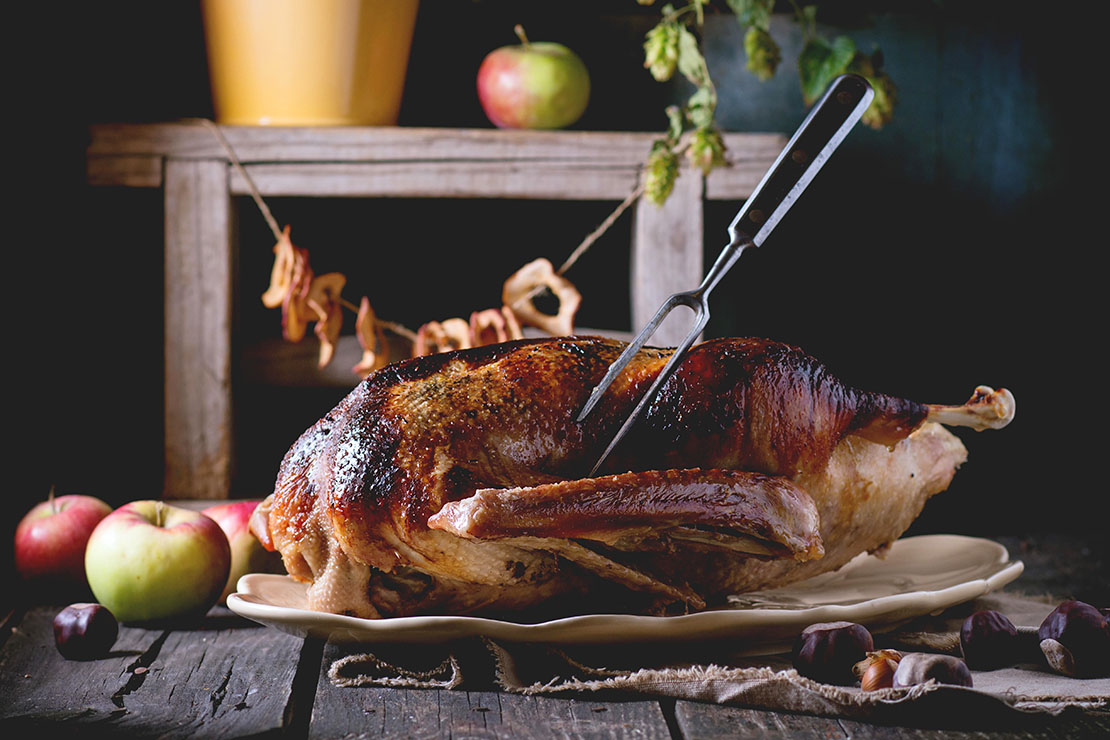
Buy British if you can. The Brecon Buff is a good meat bird, hardy, medium-sized and with attractive buff colouring and pink legs and beak – it’s also one of few breeds to originate in Britain, having been developed in the 1930s by Rhys Llewellyn of Swansea. The ubiquitous white Embden goose comes from northern Germany and the chubby white Roman from Germany and Poland.
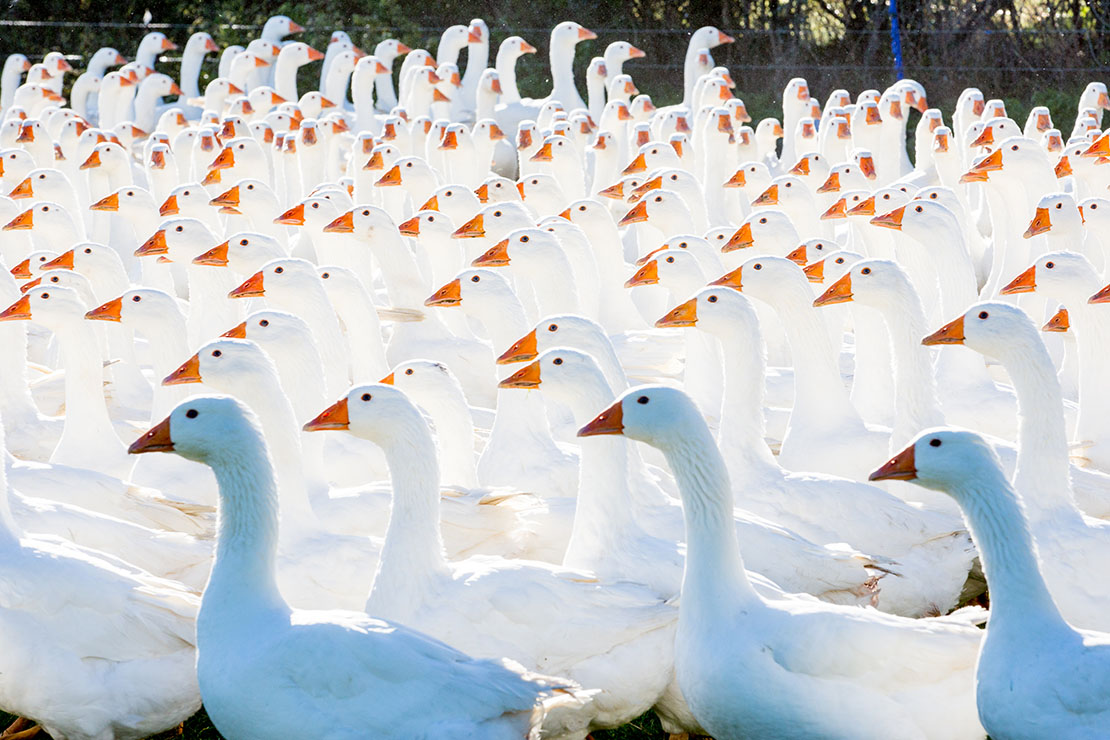
Christmas is hardly the time to worry about healthy eating, but the fact remains that goose has benefits on that score. As a grass-fed meat, explains Ollie While, ‘it creates a more even ratio of Omega 3 to Omega 6 in the meat, which is what you want – a grain-based diet is heavy in Omega 6. ‘There’s a plethora of benefits in eating a grass-fed animal – it’s a great way of getting vitamins A and E, plus CLAs [conjugated linoleic acids], which have cancer-fighting properties.’
If you’re serving goose, you’ll need some interesting trivia with which to amaze your guests – and this one is a cracker. The phrase ‘your goose is cooked’ has absolutely nothing to do with geese: it derives from the 15th century martyr Jan Hus. Poor Jan – whose theology was a critical precursor to Protestantism – was burned at the stake, hence the phrase.
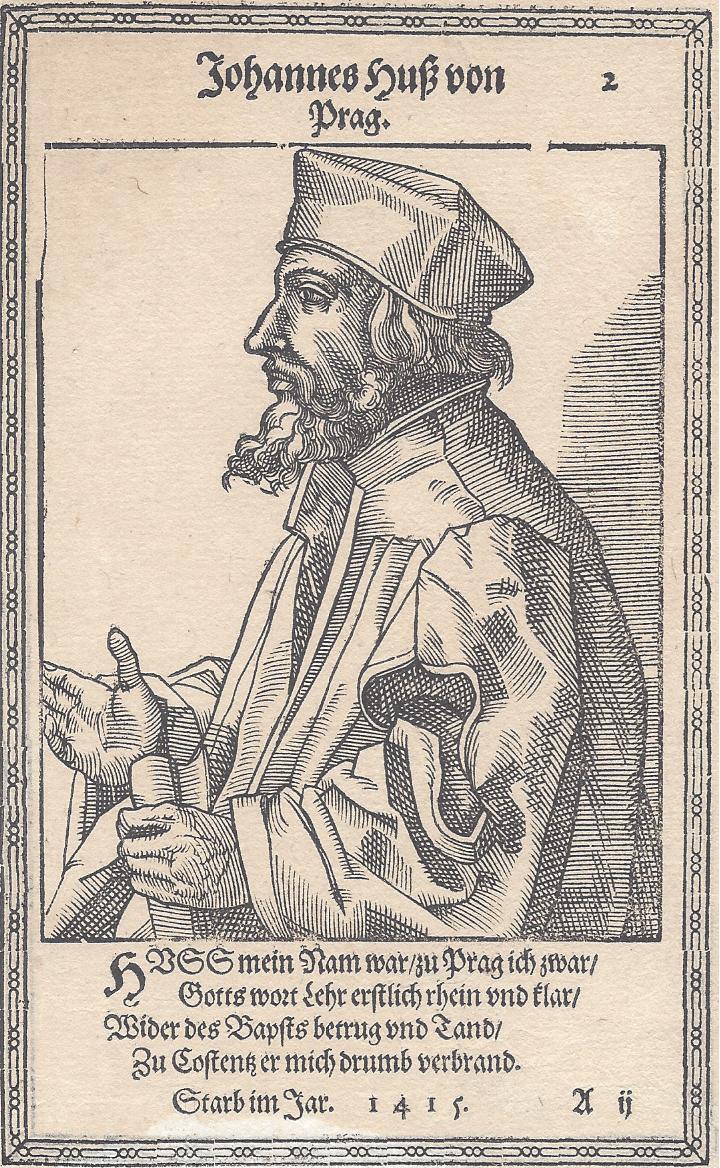
If you like goose so much you decide to raise your own, then good on you. They’ll live for 20 years, are less messy and cleverer than ducks, healthier than chickens, make excellent burglar alarms and fine lawnmowers – a pair of geese will happily keep a quarter of an acre of grass trimmed, so long as its reasonably short when they find it.
Sign up for the Country Life Newsletter
Exquisite houses, the beauty of Nature, and how to get the most from your life, straight to your inbox.
Most breeds won’t lay many eggs – perhaps 40 each spring – but those that you do get will be twice the size of hens’ ones and even more nutritious.
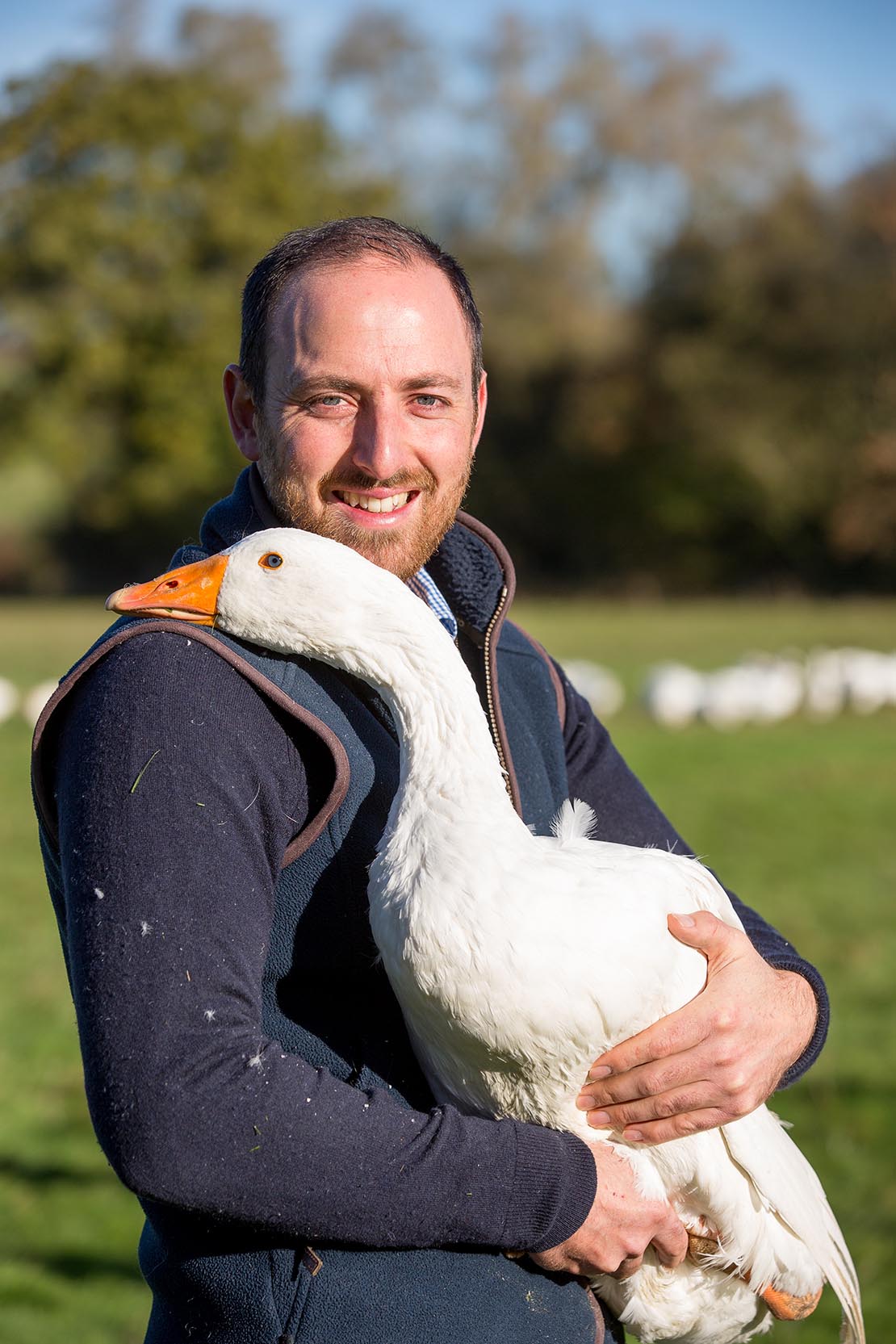
Their reputation for having a go at people is a little unfair – if you buy them as chicks and rear them by hand and they’ll be ‘a joy and a delight’ says Rare Breeds Survival Trust field officer Ruth Dalton. See www.waterfowl.org.uk and www.poultrykeeper.com for more advice.
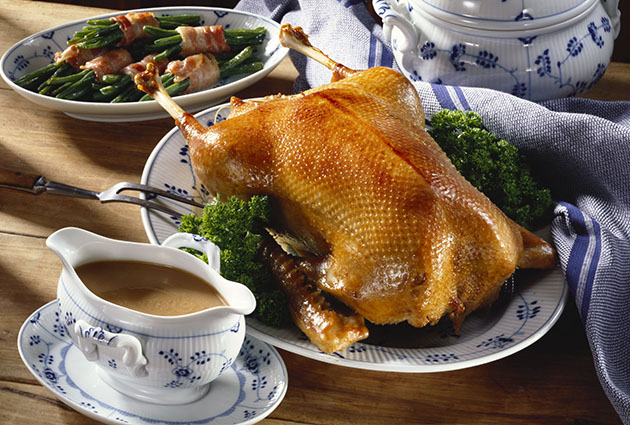
Perfect roast goose recipe from Mark Hix
Cooking the perfect Christmas goose, with delicious gravy, is a fantastic way to celebrate Christmas. Mark Hix explains how it's
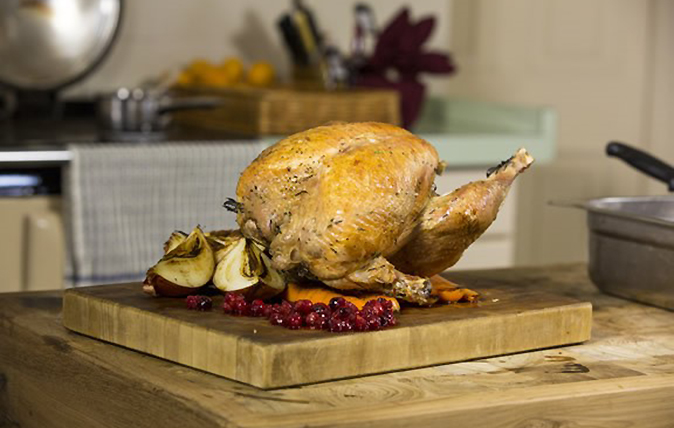
Credit: Rhug Estate
Talking turkey: Six steps to a perfect Christmas roast
We've spoken to two top chefs to get tips on how to make a beautiful, moist Christmas turkey
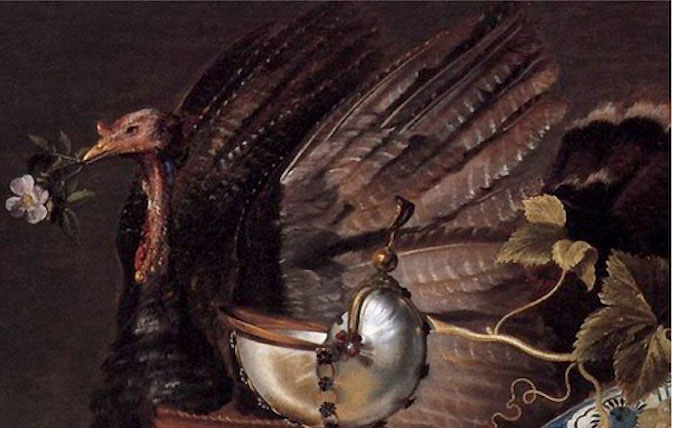
Credit: Jason Goodwin
The turkey stuffing recipe guaranteed to spice up Christmas
Jason Goodwin offers up a recipe for turkey stuffing which will infuse your bird with a touch of Istanbul.
This article was first published in 2000.
-
 'Monolithic, multi-layered and quite, quite magnificent. This was love at first bite': Tom Parker Bowles on his lifelong love affair with lasagne
'Monolithic, multi-layered and quite, quite magnificent. This was love at first bite': Tom Parker Bowles on his lifelong love affair with lasagneAn upwardly mobile spaghetti Bolognese, lasagne al forno, with oozing béchamel and layered meaty magnificence, is a bona fide comfort classic, declares Tom Parker Bowles.
By Tom Parker Bowles
-
 Country houses, cream teas and Baywatch: Country Life Quiz of the Day, April 24, 2025
Country houses, cream teas and Baywatch: Country Life Quiz of the Day, April 24, 2025Thursday's Quiz of the Day asks exactly how popular Baywatch became.
By Toby Keel
-
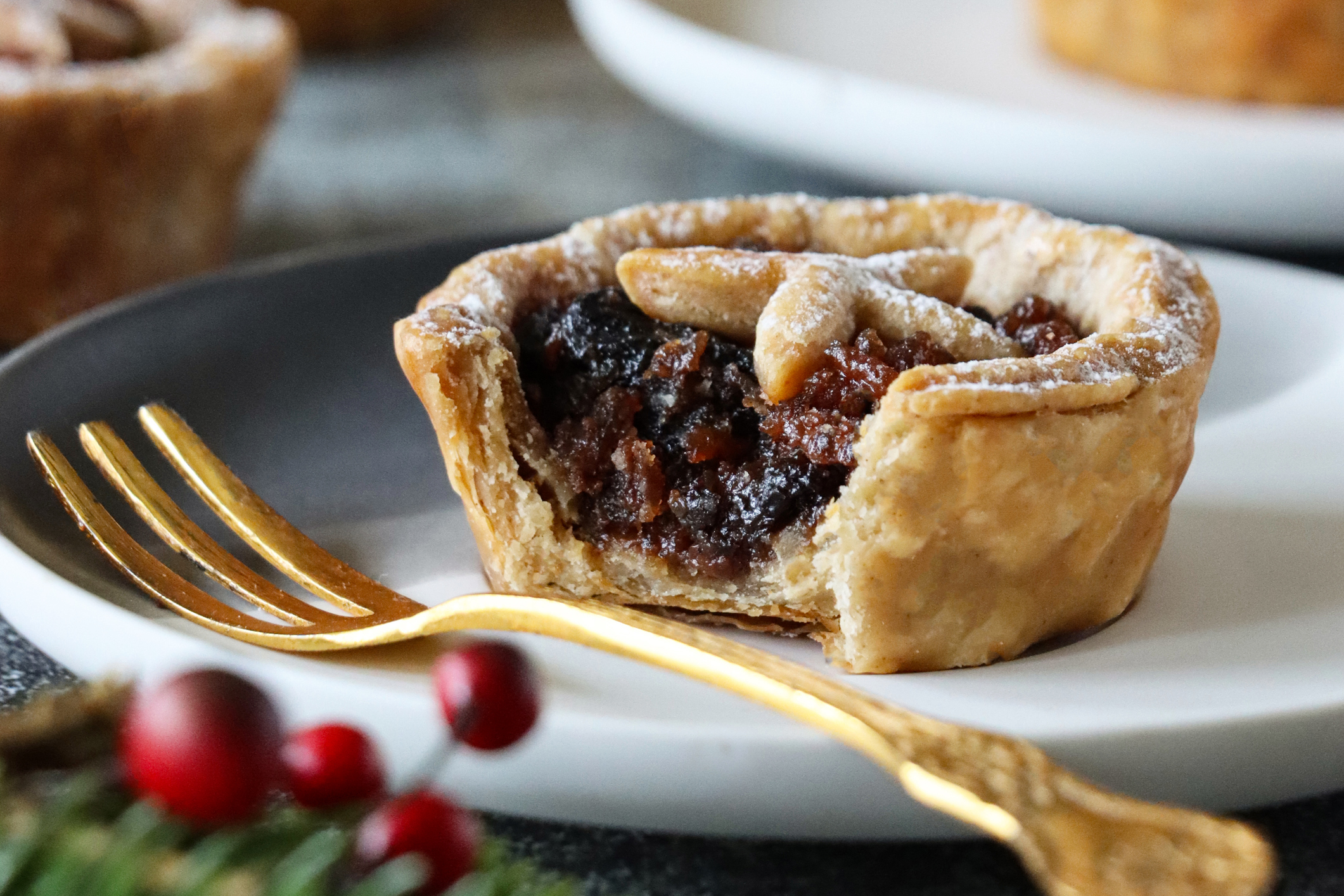 Mince pies really did once contain meat — and this Victorian recipe will convince you that they should to this day
Mince pies really did once contain meat — and this Victorian recipe will convince you that they should to this dayOnce packed with meat, such as ox tongue and mutton, alongside dried and candied fruit and extravagant spices, the mince pie is not what it once was — and food historian Neil Buttery says that's made them worse.
By Neil Buttery
-
 Tom Parker Bowles: Forget turkey and pigs-in-blankets — the Christmas ham is the king of the yuletide feast
Tom Parker Bowles: Forget turkey and pigs-in-blankets — the Christmas ham is the king of the yuletide feastRibboned with fat and gleaming with a clove-studded glaze,Tom Parker Bowles sings the praises of the succulent Christmas ham.
By Tom Parker-Bowles
-
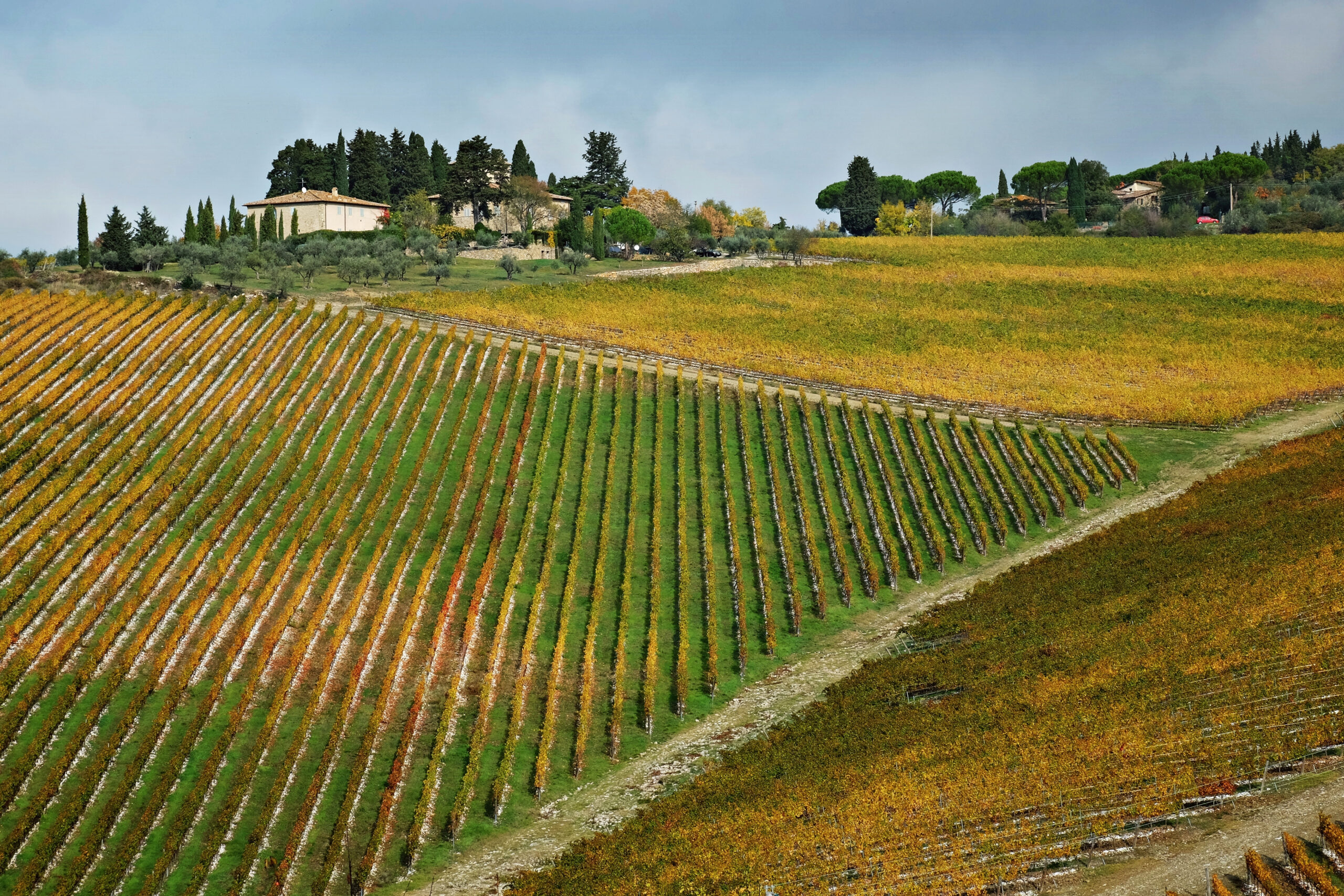 What to get the wine lover who has everything? How about a 300-bottle barrel, a string of über-vintages or a wine that comes with a trip on a private jet
What to get the wine lover who has everything? How about a 300-bottle barrel, a string of über-vintages or a wine that comes with a trip on a private jetOne of the most storied wine-producing families in Italy has put up a series of rather incredible bottles (and more) in Christie's impending fine wine auction.
By Toby Keel
-
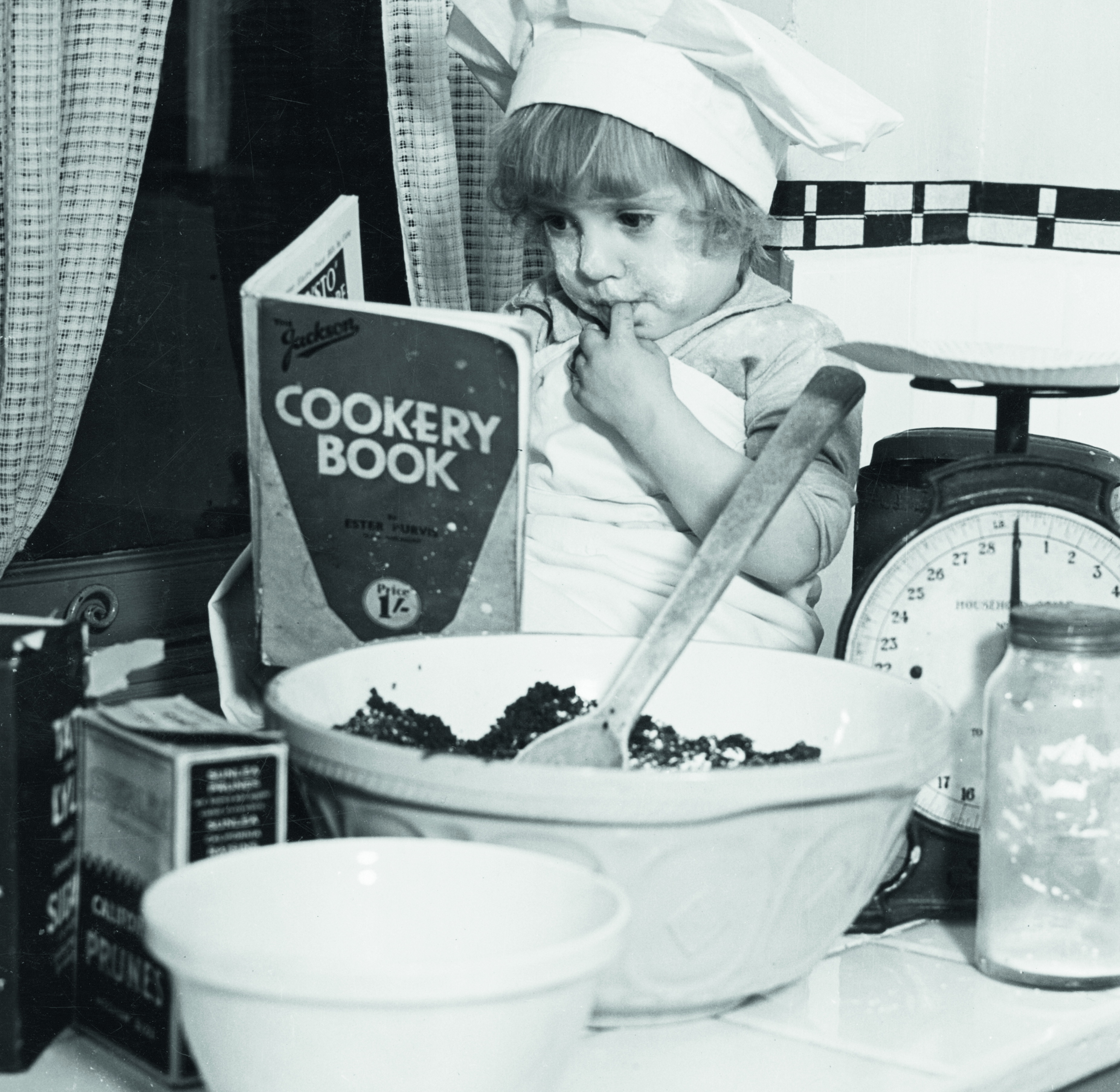 When did Stir-up Sunday first begin?
When did Stir-up Sunday first begin?On the last weekend before Advent, families gather to make Christmas pudding on the day we know as Stir-up Sunday. But when did we start giving it that name? With Stir-up Sunday 2023 falling on November 26th, Neil Buttery takes a look.
By Country Life
-
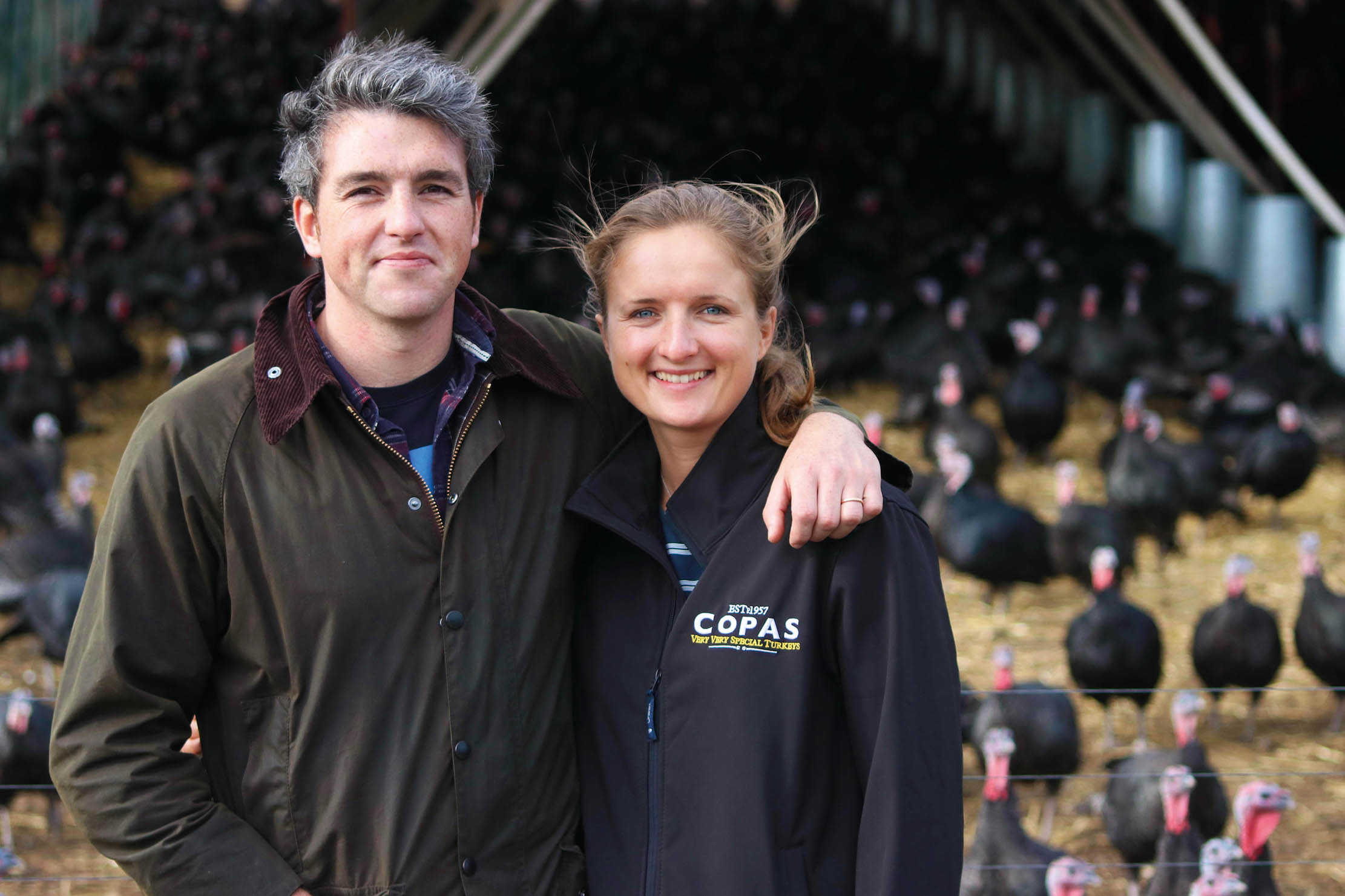 The best Christmas food in Britain — including 'the Rolls-Royce of turkey' — as chosen by Tom Parker Bowles
The best Christmas food in Britain — including 'the Rolls-Royce of turkey' — as chosen by Tom Parker BowlesChristmas offers a chance to celebrate all those great food producers who work so passionately to ensure that our feast is as ethical as it is delicious. Tom Parker Bowles applauds some of the very best.
By Tom Parker-Bowles
-
 Perfect roast goose recipe from Mark Hix
Perfect roast goose recipe from Mark HixCooking the perfect Christmas goose, with delicious gravy, is a fantastic way to celebrate Christmas. Mark Hix explains how it's done.
By Country Life
-
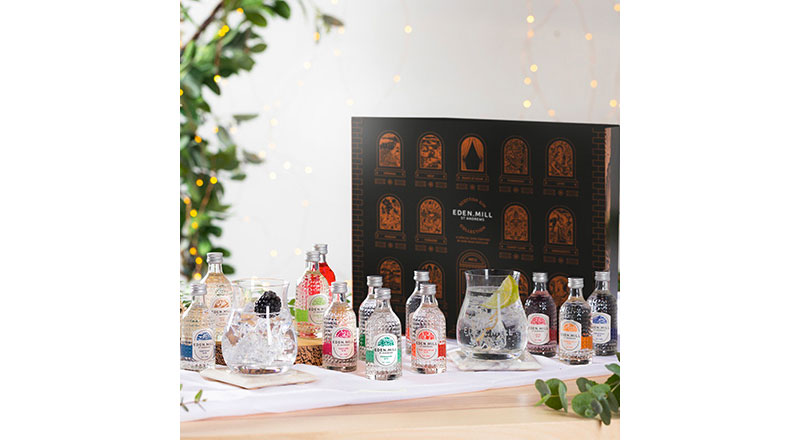 Christmas drinks gift guide: Best gin, best whisky, beer and more for the festive season
Christmas drinks gift guide: Best gin, best whisky, beer and more for the festive seasonWhether you're keen to pour your own draft beer, drink Cotswolds whisky or enjoy a raft of different gins, we've got you covered.
By Toby Keel
-
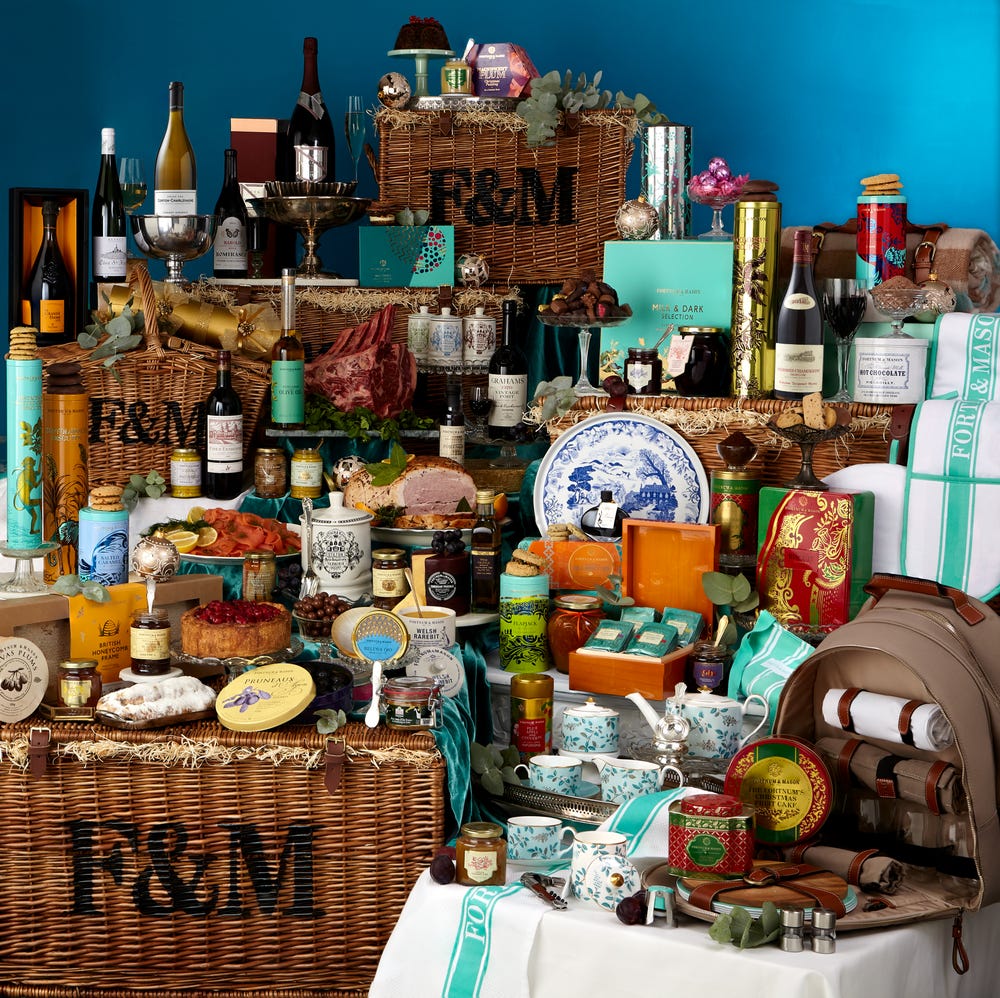 Sumptuous Christmas gifts for foodies, from a chocolate library to a £6,000 hamper
Sumptuous Christmas gifts for foodies, from a chocolate library to a £6,000 hamperAfter something special for a person who really appreciates their food? Our suggestions are certain to have something that's just right.
By Country Life